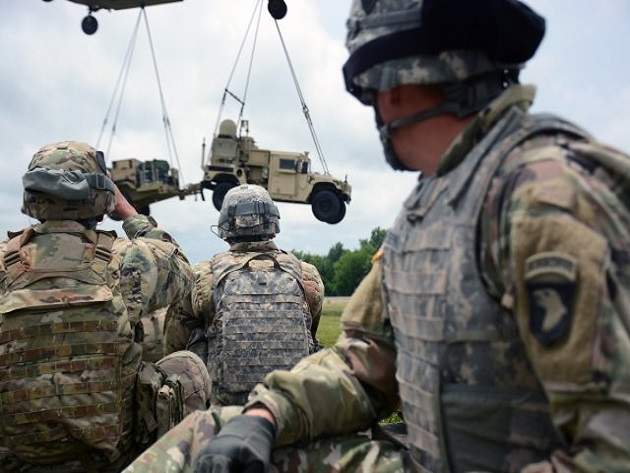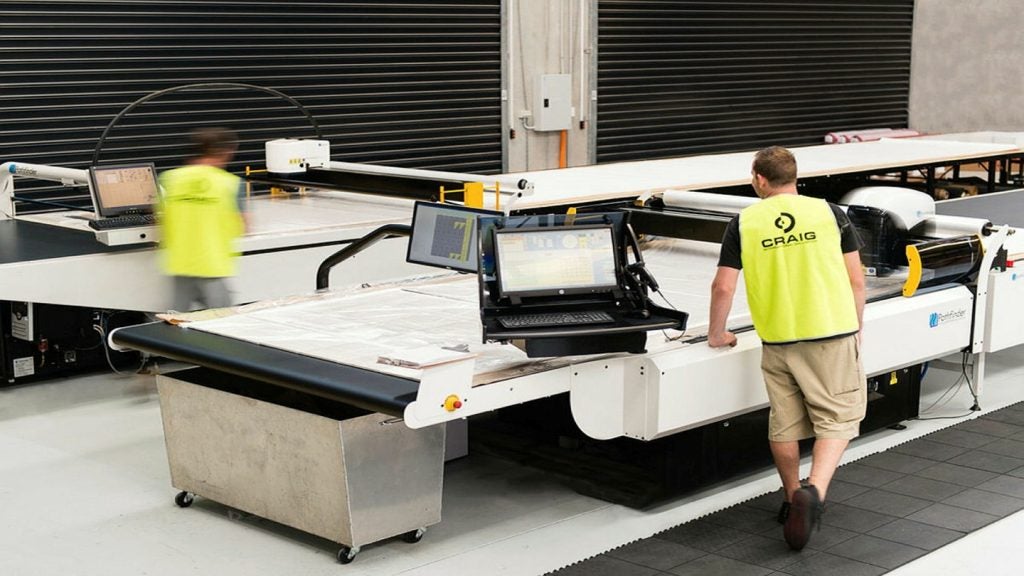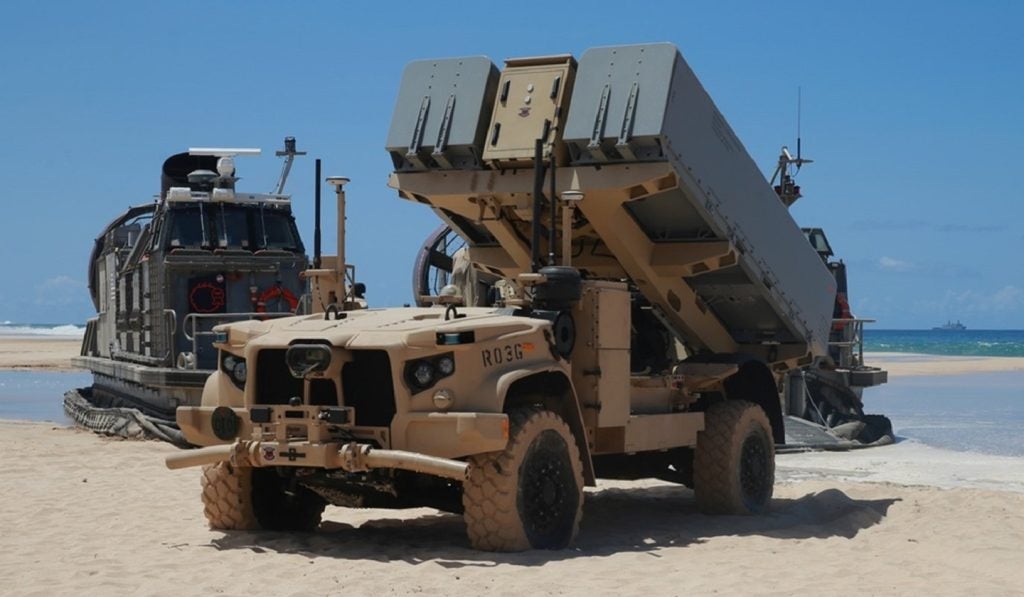

The idea of using unmanned ground and aerial vehicles to resupply the front line is nothing new. Perhaps the most advanced instance of the technology is the US Marine Corps’ deployment of the unmanned K-MAX helicopter in Afghanistan.
The aircraft began unmanned resupply missions in 2011, delivering critical supplies to US forces and coalition partners at bases and outposts throughout the country. Within two years the aircraft had completed 1,700 day and night resupply sorties, moving around 30,000lb of supplies each day – a total of around 4.5 million pounds of fuel, food, ammunition and more. Every single delivery kept a vehicle convoy and its crew off the roads and safe from the dangers and devastating impact of improvised explosive device attacks.
This is the main driver of the emerging requirement to use unmanned systems to perform resupply missions. Keeping personnel off the roads is the easiest way to keep them safe. Add to this the advantages that comes with using an autonomous technology that never gets tired, never loses its cognitive edge, and takes human error out of the equation, and unmanned technology becomes even more attractive. Let the machines do the dull, dirty and dangerous work, carry the heavy burdens, and leave soldiers to focus on the mission.
Systems designed for this mission set are growing in number across the land domain. But from Lockheed Martin’s multifunction utility/logistics and equipment (MULE) vehicle designed to carry the load of infantry squads (up to 2,000lbs), to Oshkosh Defense’s TerraMax kit that turns any tactical vehicle into an autonomous vehicle for convoy operations, to QinetiQ North America’s Titan hybrid UGV, designed for the US Army’s Squad Mission Equipment Transport programme, the majority of systems have been developed for the US military market in (often) long running, big ticket programmes with complex requirements.
Challenging industry
The UK Ministry of Defence (MoD), is keenly aware that the private sector is where rapid progress in the development of delivery drones and automated deliveries is being made. Looking to tap into this, in April the UK MoD announced £3m in funding for the next stage of the Innovation Autonomy Challenge.
How well do you really know your competitors?
Access the most comprehensive Company Profiles on the market, powered by GlobalData. Save hours of research. Gain competitive edge.

Thank you!
Your download email will arrive shortly
Not ready to buy yet? Download a free sample
We are confident about the unique quality of our Company Profiles. However, we want you to make the most beneficial decision for your business, so we offer a free sample that you can download by submitting the below form
By GlobalDataTo be led by the Defence Science and Technology Laboratory (Dstl), this challenge will focus on the challenging ‘last mile’ of support to find new ways of resupplying troops on the frontline while keeping them safe and improving efficiencies – namely, through the development of autonomous systems for the unmanned delivery of combat supplies.
The challenge is the latest in a number of defence and security accelerator themed competitions that aim to address the challenges faced by the MoD as it looks toward the battlefield of the coming decades. Challenge one involved investigations into unmanned air and ground load carrying platforms; challenge two looked at technologies and systems that will allow these platforms to operate autonomously. Now in challenge three, the focus is on technologies that can autonomously predict, plan, track and optimise resupply demands from military users.
The last mile
Logistics-wise, the British Army currently resupplies the frontline using a mix of air and ground platforms – helicopters, fixed-wing aircraft and small, medium and large vehicles. These assets are expensive to operate, vulnerable to enemy actions within hostile environments, a drain on manpower and resources – including adding to the fuel burden – and their availability negatively affect the tempo of operations. Additionally, dismounted troops operating in the last tactical mile – which may actually be distance of up to 30km depending on the mission – need to carry individual and crew-served equipment and supplies, resulting in significant physical burden and reduced combat effectiveness.
Added to this is the British Army’s Strike concept first outlined in the 2015 Strategic Defence and Security Review, which will see operational emphasis move toward land forces being capable of self-deploying and self-sustaining at long ranges. The onus here is on a more agile and flexible logistics resupply system that is able to conduct resupply in a more dynamic environment and over greater distances.
Shaping up requirements
Technologies suitable for this last mile resupply system must meet a number of basic capabilities. They must reduce the demand on existing platforms and infrastructure and reduce the risk and burden on military personnel while also increasing the efficiency of logistic operations with pace and accuracy, and providing an assured resupply capability for forward military users to enable more agile operations in complex environments.
At this stage, the MoD expects that this autonomous last mile resupply system could be carried out “by a range of unmanned delivery/resupply platforms, both ground and airborne, with high levels of autonomy in both the control of the vehicles and in the management of logistics distribution”. Resupply operations in the land environment are the focus of this competition, but that “doesn’t exclude consideration of systems/platforms/technologies designed for other environments such as littoral or for humanitarian aid and disaster relief operations”.
The competition is still ongoing at this stage. Dstl’s Autonomy Challenge lead Peter Stocke, said that Dstl is “particularly keen to reach out and encourage organisations that might not have worked with the defence and security sector before, such as those developing commercial driverless vehicles, drone delivery services and robotic agriculture, to get involved with the challenge and help us rapidly advance the way we deliver tactical military logistics”.
It will be interesting to see what technologies the UK’s industry brings to the table when the competition closes.






